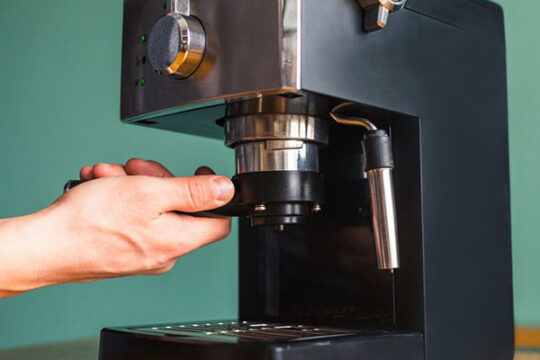TABLE OF CONTENTS
Is coffee acidic? Yes, it is.
Acidity is a word frequently used to characterize coffee; this refers to pleasant oral sensations felt by coffee aficionados upon sipping this beloved beverage, such as numbing of the tongue or dryness at the roof of the mouth. These sensations aid in classifying the coffee. But what exactly is acidity in coffee?
Coffee contains a variety of distinct acids. Acidity in coffee is generally quite noticeable and can be termed sweet and sharp, similar to dry wine and is the primary coffee flavour sensation. This improves the profiles of coffee’s other flavours and distinct properties. Acidity in coffee can also be described as dry, acute, vivid, lively, mild, or bland. The acidity of a coffee might be subtle fruity, like citrus or berry-like. Take note of the vivid and delightful acidity of many of the mixes as you sip them and how it complements and enriches the flavour experience.
What Influences Coffee Acidity?
Did you know that coffee roast levels influence the acidity of coffee? Acidity decreases and becomes less noticeable when a roast darkens; a light or moderate roast will have more acidity than a dark or espresso roast.
A high-acidity coffee is described as brilliant, while a low acidity coffee is smooth, but if it is too low, it can be incredibly dull and bland. A complete lack of acidity might also lead to a flat coffee. Dark roast coffee beans have less acidity than lighter roasts. The additional roasting time also produces a chemical that inhibits acid formation in the stomach.
But What If I Don’t Want My Coffee Acidic?
A cold-brew procedure, also known as cold drip, is a reliable way to reduce acidity in your coffee. This coffee is created by steeping ground beans in cold water for at least 24 hours. As cold water causes slower oxidation, your coffee is approximately 70% less acidic than a standard cup of hot-brewed coffee.
If you are on the hunt for a coffee with low acidity, Brazilian or Sumatra coffee varieties are your best chances – this is because of the method via which the harvested crops are handled in these regions. You will notice that a low acidity coffee is simpler to drink and much smoother.
Top Three Most Acidic Coffees
The following high-altitude premium coffees are recognized for their bright and lively acidity:
-
- Coffees from Guatemala
- Coffees from Kenya
- Coffees from Costa Rica
The acidity in Central American coffees is typically sharp and clean. Arabica coffees cultivated at higher elevations have increased acidity because of slower growth, which permits the beans to develop more of their chemical components (chlorogenic acids) that contribute to flavour.
pH of Coffee: What is the pH of Coffee?
This is an entirely different way of looking at acidity in coffee. Although coffee has a pH level, coffee pH level is not a meaningful flavour metric. Coffee pH would vary slightly depending on the brewing method and roast intensity. The pH of black coffee is 5 while milk has a pH of 6, which becomes almost neutral. This indicates that adding milk to coffee reduces its acidity slightly through dilution.
What To Do If The Acidity Disturbs My Stomach?
If the acids in coffee upset your stomach, there are various ways to make your favourite cup more pleasant. Although calcium-containing goods like milk aid in acid neutralization, the optimal way to enjoy coffee does not rely on neutralizing existing acids. You can dial down the acidity by modifying the type of grind, roast, and brewing process, or you can use beans with naturally lower acidity.
The Bottom Line
Coffee acidity is a highly complex topic, with numerous factors influencing its presence or absence in coffee. On the other hand, choosing and making a coffee that meets your specific preferences does not have to be so difficult. The nice thing about coffee is that there are so many different notes, flavours, and scents to suit any taste. Coffee acidity levels and types will vary depending on the roast, variety, processing method, and origin.
So, try a couple of different coffees and play about with your brewing. Learn about your preferences. After you have figured it out, use our tips shared above to always create the right cup for you.





